
How to Safely Feed Ducks on Chalk Streams
Keen to feed your local waterfowl? There's no knead for bread, which can seriously harm the birds and their habitats. Here's an easy guide to healthy and affordable alternatives.
Damselfly © Ben Hall/2020VISION

Keen to feed your local waterfowl? There's no knead for bread, which can seriously harm the birds and their habitats. Here's an easy guide to healthy and affordable alternatives.

Wilder Bramley group is the first Team Wilder community group supported through Wilder Basingstoke & Deane, a programme which aims to enable and support local community groups to develop…

Long term supporter of the Trust, Jo Inge Svensden, travelled all the way from Norway to his former home on the Isle of Wight to raise money in aid of Hampshire & Isle of Wight Wildlife Trust…
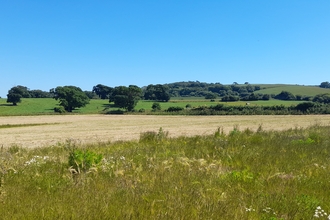
Nunwell Estate is our newest nutrient reduction scheme site, recently acquired on the Isle of Wight. It is an arable farm, near Brading, and is approximately 144 hectares, mainly consisting of…
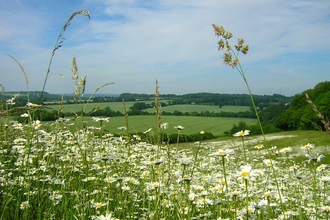
Sarah Boswell, Senior Nature-Based Solutions Officer explains the principles of Biodiversity Net Gain and what it could mean for wildlife in Hampshire and the Isle of Wight
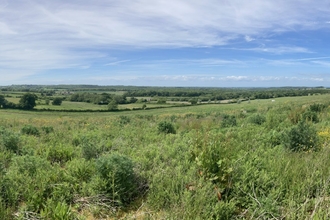
An update on the Trust’s First Nutrient Reduction Scheme - Wilder Duxmore Farm
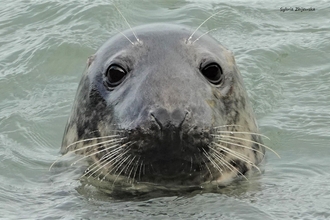
Many of us will be visiting and enjoying the coast around Hampshire and the Isle of Wight this summer. This is a beautiful environment which is precious to us all, both inhabitants and visitors…

Throughout June, The Wildlife Trusts’ challenge participants to do something wild and enjoy nature every single day. Here we share some highlights from staff and supporters.
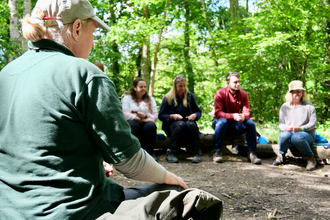
Hampshire & Isle of Wight Wildlife Trust's Training & Outreach Officer, Dawn OMalley talks us through the training we offer to schools and settings to embrace and develop outdoor…

Scientific names often reveal interesting facts about the evolutionary history of the species. Here’s a closer look at some of the more interesting scientific names for British wildlife.